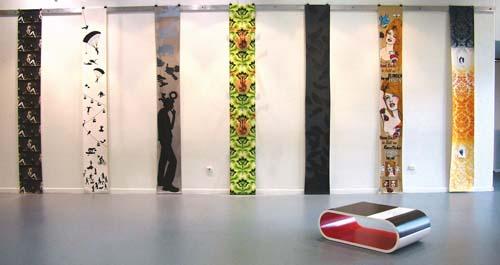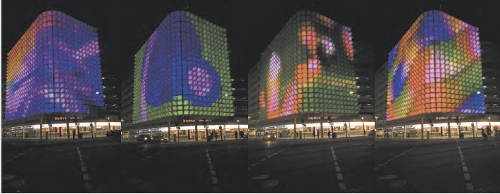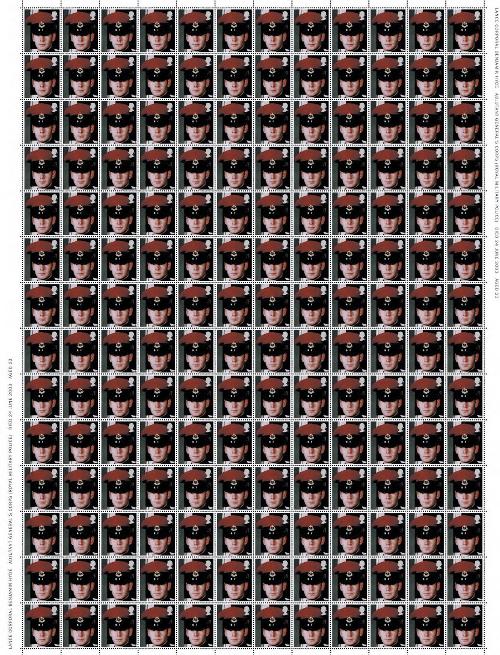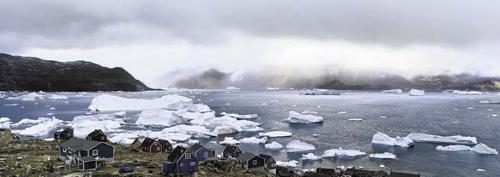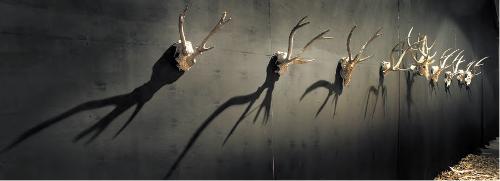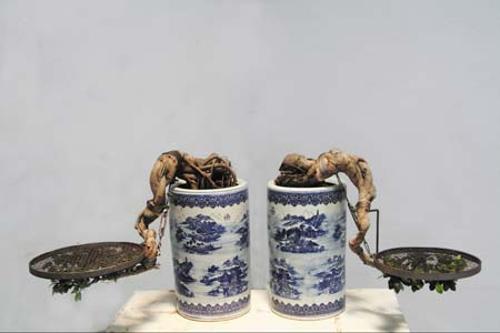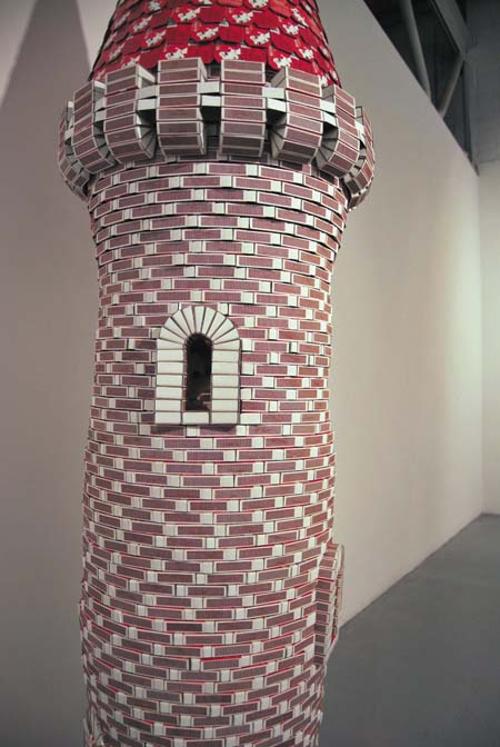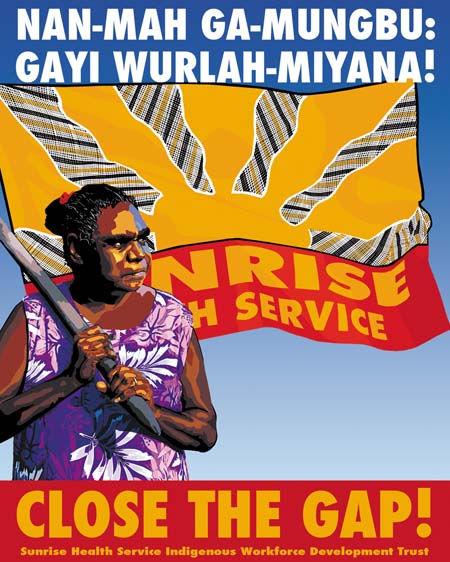
The Indigenous population of the Northern Territory has often fallen prey to the policies of Territory and Federal governments. The work of Therese Ritchie and Chips Mackinolty is an impassioned response to this ongoing situation, here presented in a major retrospective of over two hundred works. Whilst advocacy of indigenous rights is the major motivation for the digital and silkscreen political posters, educational pamphlets, stencils, watercolours and portraits presented in the exhibition, the works also respond directly to a range of other issues including women's rights, immigration, health and Timorese politics.
Therese Ritchie and Chips Mackinolty are members of a vital group of people who have actively engaged with Territory politics and social issues on a long-term basis since the 1980s. In a place as transient as the Territory this is no mean feat. Chips has variously worked as an arts centre coordinator, advisor for the NT and now a policy worker in Aboriginal Health. Ritchie has also spent long periods of time working with women’s health in Indigenous communities. Both have also been instrumental in the political poster movement - a tradition that emerged out of the Tin sheds in Sydney. Both artists were also involved with Green Ant Graphics founded in Darwin in 1990. At a grass roots level the art of the political poster has the capacity to respond immediately to a situation or event and to be effective as a call to arms. During the 1980s Macknolty’s 'Nyuntu Agangu manuku ngurangka ngaranyi (You Are on Aboriginal Land)' was produced to commemorate the hand-back of Uluru to traditional owners. Its graphic depiction of Uluru and the desert in the colours of the Aboriginal flag made it an image that could be found in living rooms across the country.
Images such as 'Luju Ka Wirntimi' (woman dancing) assert the significance of the everyday local environment where people continue on with their lives despite the ever-shifting policies imposed upon them. The incorporation of Indigenous languages in this and other works is both a testament to the rich and diverse languages spoken across the Territory and an illustration of what is lost in translation between Indigenous languages and English.
The dramas that unfold on the Nightcliff foreshore in Darwin are the motivation behind a series of works entitled 'You don’t belong here'. The title refers to a comment that Ritchie overheard in an altercation between police and a group of 'Long-grassers’ (people from communities coming into town and camping). Once Larrakeyah people camped on the Nightcliff foreshore but this is now illegal. Now apartment blocks, manicured lawns, BBQs and jogging paths dominate. In 'Resurrection' a morning jogger depicted in the foreground of the image, completely ignores the major drama unfolding behind her as Aboriginal people are loaded into cages and moved on. In the centre of the image an Aboriginal man walks towards the camera with his arms outstretched, a ‘crucified’ and ‘betrayed’ Christ figure.
This along with many other works in the exhibition, challenges assumptions about ‘reconciliation.’ How much has actually changed? If we only choose to look what do we see about us every day? Other works such as 'Mandatory' 1997 - a spoof of a Malbora man advertisement, use subversive humour and satire to comment on the politics of the day.
The catalogue is beautifully illustrated and well researched featuring articles by significant Territorians: Joanna Barrkman, Andy Macmillan and Anita Angel. These essays capture the humour but also the social political and historical context for the artists and their works. This context is not provided in the exhibition itself, making it difficult to access if you happen not to be familiar with the Territory and its people. A less dense hang would have allowed the major works to be fully acknowledged and honoured.
These though are minor criticisms.
Ritchie and Mackinolty’s works contribute to the social memory of the Territory. Their works are a testament to the events that have unfolded in the Territory over the last twenty five years. These are significant stories that need to be passed on from one generation to another. Presented in the new CDU gallery this is a highly significant exhibition. It is a fitting tribute to the work of these major artists.

